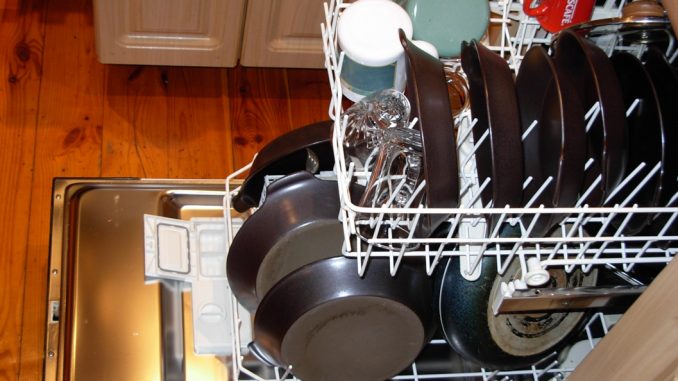
The average person in the United Kingdom uses 142 litres of water per day. For a country which is facing potential supply shortages in the coming decades, that is a lot – especially when most of it goes on household tasks which could easily have their water use scaled back.
Cutting water use is good news for future resources, the environment, and household bills. It is also much easier to do than you might think.
We have highlighted seven household tasks, the average water use that they require and how you can go about reducing that figure with some simple lifestyle adjustments and better habits.
Bath
Sitting in a bath full of bubbles with a glass of red wine and a good book might be a luxury you enjoy, but it is one that you should only treat yourself to every now and again given how much water it uses.
Filling up the average tub uses 80 litres per full bath. If you have a family of four taking one bath each every day, that is 320 litres of water used on keeping clean alone.
Reducing the amount of water that is used by having a bath is simple – switch to taking a shower instead. How much will it save? Read on to find out…
Shower
The average electric shower uses five litres of water per minute it is running. For a power shower, that figure increases to 13 litres per minute and with a mixer shower, eight litres per minute.
Those numbers clearly show the difference that taking a shower over a bath makes. There are further savings to be found in how long you spend in the shower – the quicker the time, the less water used.
A super-speedy two minute session taken with an electric shower will use only 10 litres of water, an eighth of the water usage of a bath.
Toilet
There is a bit of variety when it comes to how much water flushing a toilet uses, depending on the type of installation. A toilet with a modern cistern uses five litres per flush compared to an older toilet which can use up to nine litres.
Most people believe that there is little they can do to reduce water use when flushing the toilet- going to the toilet is a task which every person in every household up and down the country has to undertake. And you cannot very well leave waste to fester in the bowl.
There are devices available however which can help. The most effective is a water-displacement device which sits in the cistern and reduces the amount of water used per flush. They are affordable and easy to fit – and you will be surprised by what a difference they can make.
Washing machine
Running your clothes through a washing machine uses an average of 50 litres per cycle. There are a couple of steps which you can take to try and save water when washing clothes.
Only run a cycle when the machine is full to cut the amount of unnecessary washes you use. And when the time comes to replace or upgrade your machine, buy one that is energy and water efficient.
Dishwasher
The humble dishwasher may make your life a lot easier, but it also uses its fair share of water to do so. A modern appliance rattles through 14 litres per cycle whilst one working on an eco-setting uses 10 litres.
You can save water by always using the eco-setting and only running a cycle when the dishwasher is full. Alternatively, give up on the dishwashing altogether and turn to the old fashioned way of doing the task by hand washing the household dishes to cut water use…
Hand-washing dishes
Washing dishes by hand uses eight litres per washing bowl, nearly half as much as the standard dishwasher. If you used one bowl per evening to clean all the day’s dirty dishes, that is a significant saving.
The use of said bowl is particularly important. Running a tape constantly to wash dishes can take as much as 30 litres, meaning it requires nearly six times as much as a wash carried out with a bowl and twice as much as a dishwasher clean.
Car washing
Easily the biggest offender when it comes to household tasks which use a lot of water is the job of car washing.
The numbers are astonishing. 250 litres per hose used, 30 litres per bucket used – and all for a task that is in no way essential. After all, does it really matter if you have a dirty car?
If it does and you do have to wash it, only do so when it is really necessary.

Leave a Reply